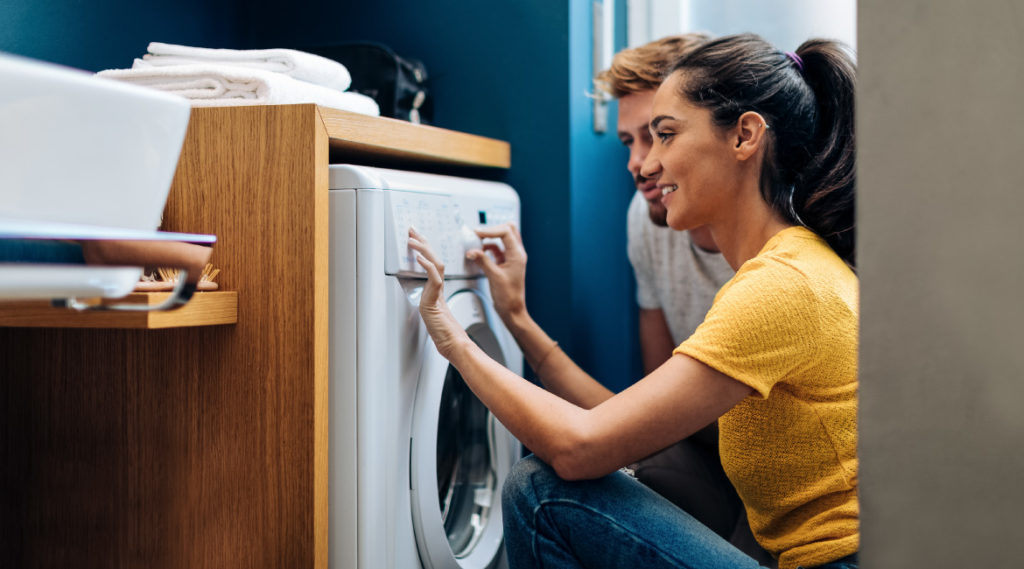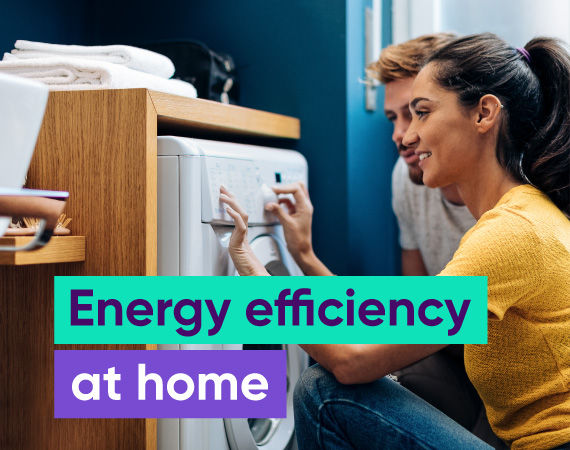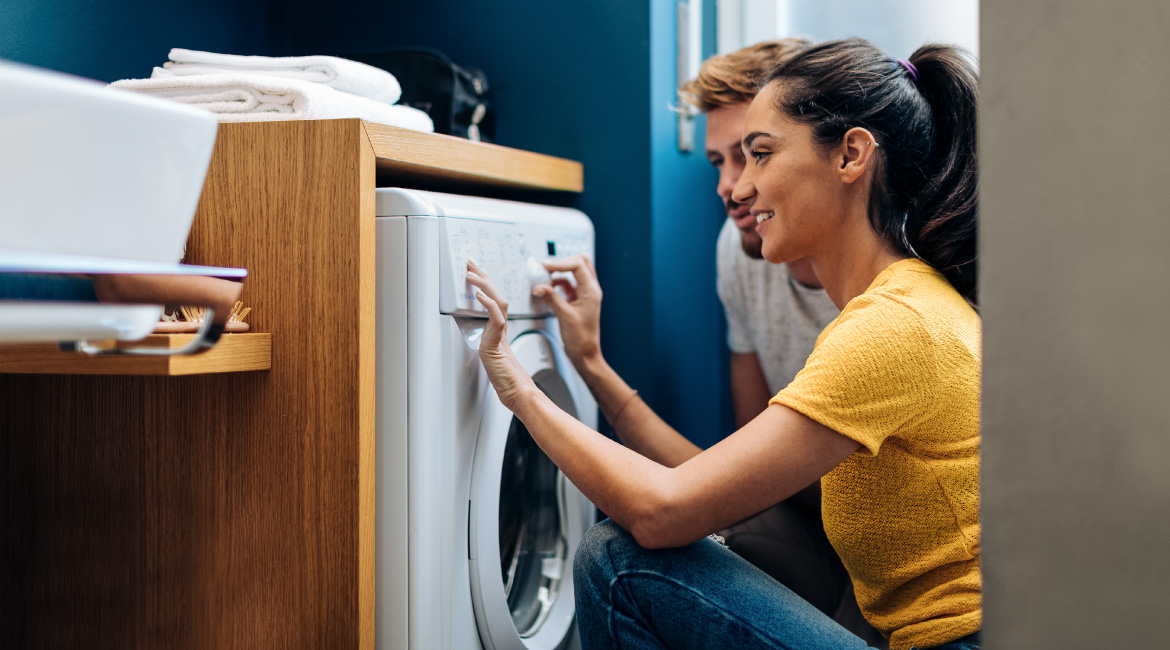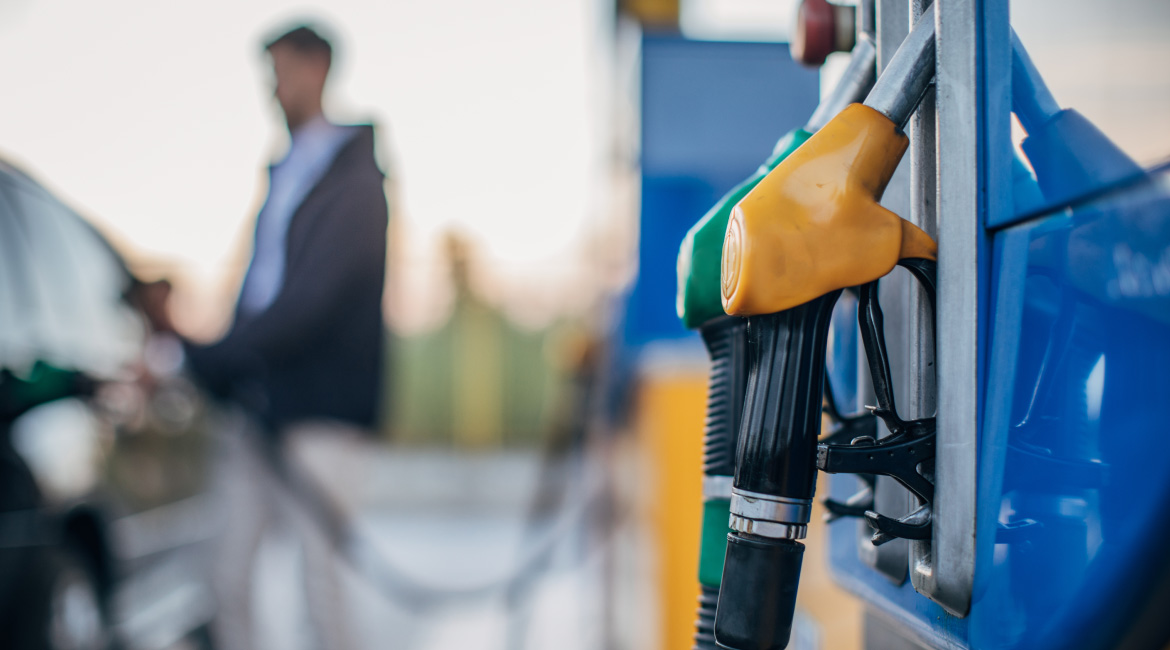
Like many Australians, you’re likely feeling the sting of the cost of living with the rising price of lettuce and other essentials, but the largest expense for most of us is energy consumption.
Covid-19 and lockdowns have drastically changed the way we live and work, with more Australians spending more time at home and in effect, driving energy consumption even higher. While there’s no magic spell to make home expenses disappear, knowing how you can save on power and gas can make a difference.
Here are the 5 home appliances that consume the most electricity and our tips on how to use them more efficiently to cut down your bills.
1. Split systems – Heating and Cooling
Household appliances that manage temperature consume the most energy and HVAC (Heating, Ventilation and Air Conditioning) tops the list – and they’re usually switched on for hours at a time. Having your AC cleaned and heater serviced regularly can reduce the power needed to cool and heat your home.
In warmer months, use the AC during the hottest parts of the day – usually 12pm to 4pm – and keep your curtains closed to keep the sunlight from warming up your space. Use ceiling fans – counterclockwise in the summer and clockwise in the winter – to create a downdraft or updraft and maintain the temperature you’re after.
2. Refrigerator
Refrigerators are on 24/7, but you can still maximise their efficiency by not overpacking them and keeping the most-used products in easy-to-access areas, so you don’t have the door open for long. Set your refrigerator to the manufacturer’s recommended temperature and regularly clean behind and underneath the refrigerator to maintain airflow.
Top tip: If your fridge is a family relic, consider upgrading to a modern, energy-efficient model.
3. Washer and dryer
Cut down on energy consumption on laundry days by washing full loads with cold water. Avoid overloading your machines and use air driers or a trusty Hills Hoist when possible. Dryers are one of the biggest culprits of energy consumption in the household, so avoid them when you can, but if you’re going to use them, always clear lint after each load to keep your machine working efficiently.
4. Electric oven
You may not use your oven all the time, but it draws on a tonne of energy when you do. For your next family meal, opt to use smaller appliances like your toaster oven, microwave, or slow cooker. Use the minimum warm up time for the ovens, turn off the burners when the dish is just about done cooking and let the residual heat finish it up.
5. Dishwasher
A dishwasher will always be better for water and saving energy, but you can maximize its efficiency with every use. Use the pre-rinse for heavily soiled dishes to prevent having the need for a second cycle. Always wash full loads and try to wash during cooler hours of the day.
It might be tricky to start, but creating new habits to save energy will save your wallet in the long term. And, of course, choosing affordable power & gas plans will help too.





